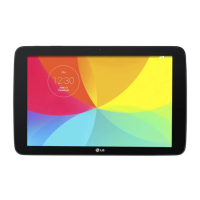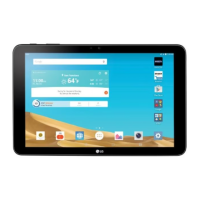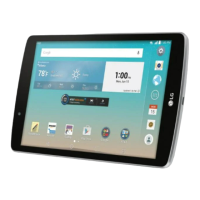Why is my LG Tablet not charging?
- SStephen WhiteJul 27, 2025
If your LG Tablet is not charging, it could be due to several reasons. First, ensure the battery is actually being charged. If the temperature is too hot or cold, move to a location within the recommended temperature range (32oF - 113oF). Check the charger and its connection to the tablet for any contact issues. Try plugging the charger into a different power outlet to rule out voltage problems. If none of these work, the charger might be defective and need replacing. Finally, ensure you are using a genuine LG accessory, as the wrong charger can cause charging issues.













